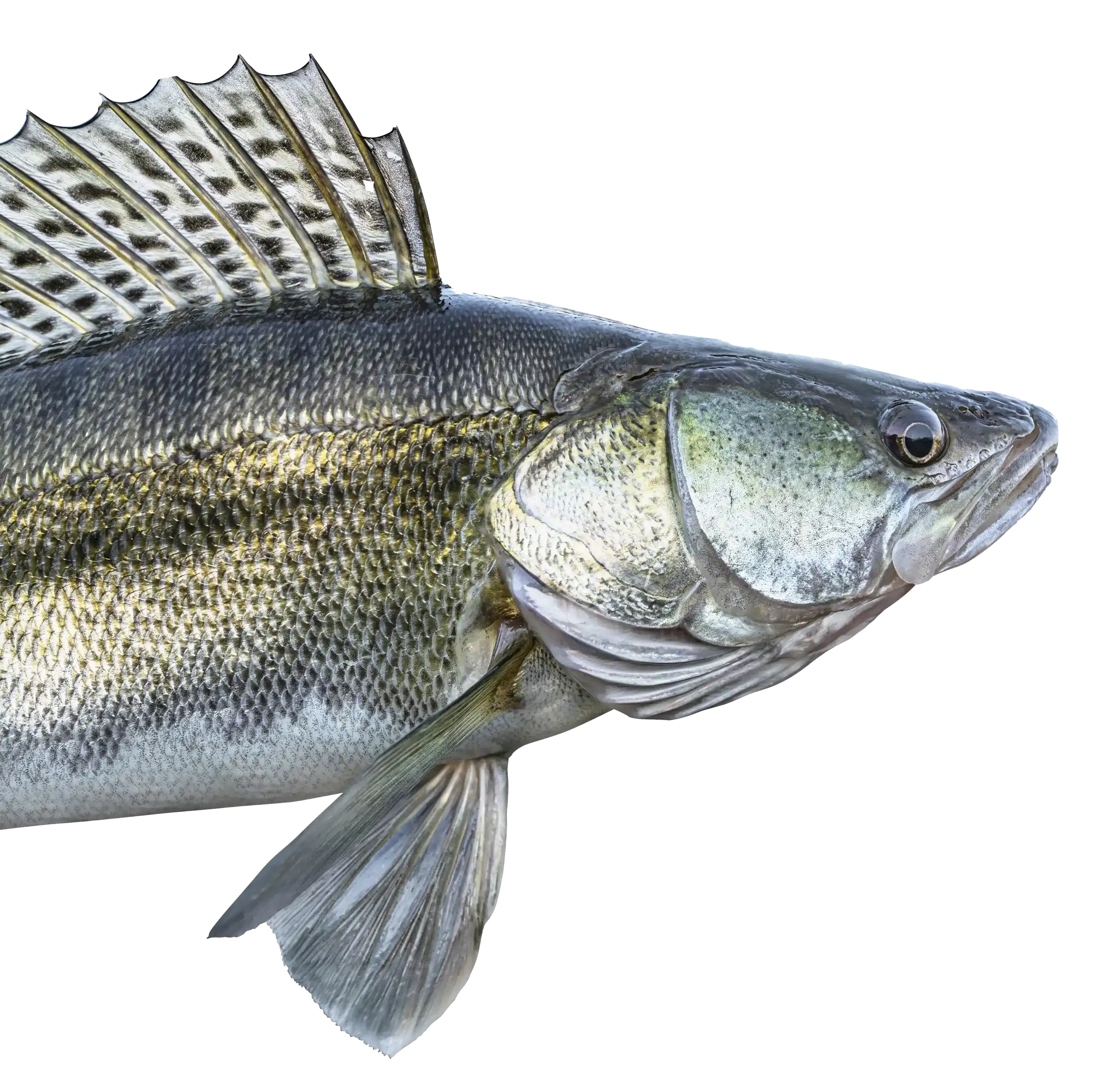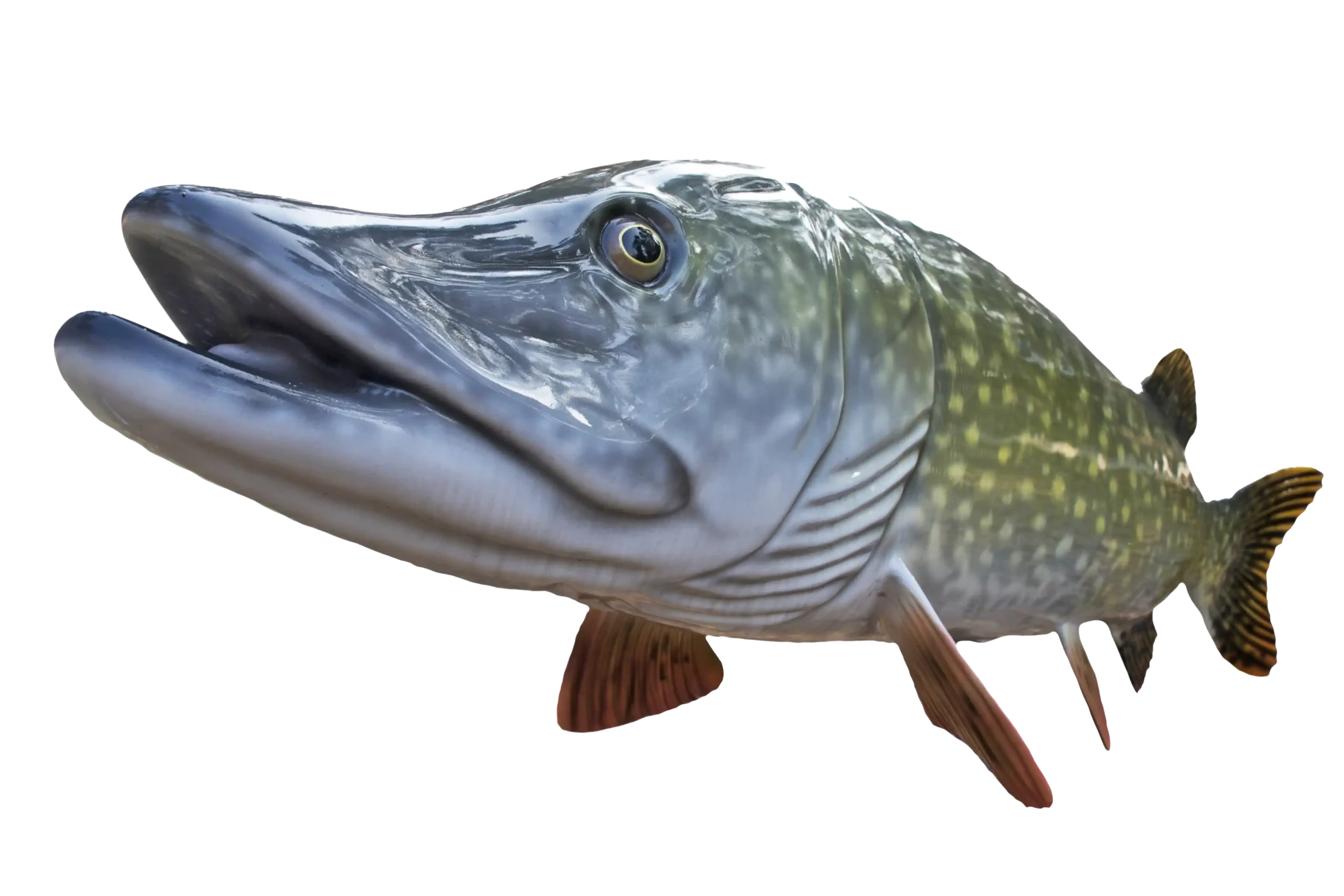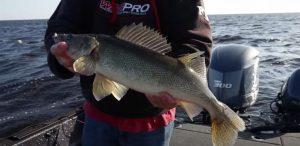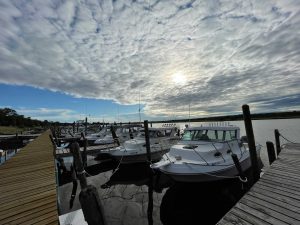

MTT. Minnesota Tournament Trail
NWT. National Walleye Tour
AIM. Angler’s Insight Marketing
Chili Bowl, Border View Lodge
Arnesen’s, Summer Tournament
River Bend Resort, Ladies tournament
Zippel Bay Resort, Northern Pike Tournament
AND MORE!
The jig bite for walleyes is pretty famous on Lake of the Woods. Although there are many techniques that catch walleyes, a jig and a minnow is definitely a staple presentation that catches thousands of walleyes and saugers. In this episode, Bergsma is fishing with a couple of anglers who also have a lot of experience both fishing and fishing Lake of the Woods, Jimmy Ney and Greg Jones.
John Bergsma with Destination Outdoors and Fisherman’s Digest is no stranger to Lake of the Woods. Back in the day when he was fishing professional walleye tournaments, this body of water was a consistent stop for many of the tournaments. His history here along with strong friendships in the area bring him back a couple of times per year.
The trio is showing off the jig bite that is prevalent on Lake of the Woods. As a rule, find an area where the walleyes and saugers are living, anchor up and jig off of the bottom. The fish will move around and in most cases, find you. 
With the stained waters of Lake of the Woods, jig colors like gold, glow white, glow red, orange, pink and chartreuse are great colors. Resorts and local bait shops carry a selection of jigs that work well. Many anglers prefer using a jig that has a combo of gold and another bright color or colors. Lots of options.
For bait, frozen emerald shiners are a staple in these parts. Emerald shiners are netted in the fall and as they are a sensitive minnow, are hard to keep alive. Consequently, bait dealers will freeze them and they are used all year long. Fatheads, rainbows, chubs, leeches and even a piece of crawler will do well on a jig as well.
As a little twist, the guys also used a drop shot for walleyes. Normally a bass technique, this technique proved effective for walleyes, saugers and perch as well. With a little twist, a couple of beads were added near the hook as an attractor.
As often happens on this body of water, the group found walleyes. Big walleyes, eaters, little fish and some multi species as well.

For those who don’t have a fishing boat or perhaps don’t have the confidence to go after the jig bite and fish the larger waters of Lake of the Woods, charter fishing is going strong this summer on Lake of the Woods. There are normally openings at resorts this time of the year and what a great way to spend time with family, friends and corporate groups.
Charter boats will accommodate up to 6 anglers (6 is the magic number due to the Coast Guard license restrictions). Some resorts will allow smaller groups and simply combine them.
A normal day is after a good breakfast, step aboard just before 8am and return to the docks around 5pm. Don’t worry about fish cleaning, the guides will handle that!
Some enjoy a fresh walleye dinner that first night in camp. Resorts will often cook your fresh catch. Others will have their own fish fry back at their cabin. What you don’t clean and eat, package up and bring home. In Minnesota, you are allowed to bring one limit home per person. This your possession limit.
Fishing on Lake of the Woods brings a good level of success. There are literally millions of walleyes and saugers along with a variety of other species you may catch such as jumbo perch, trophy pike, smallmouth bass, crappies and more. Resorts and local bait shops are willing to help get you started on where to fish. There are a variety of boat ramps in the area, some public, some at resorts. If you want to make life even easier, simply get a reservation on a local resort’s charter boat.
Open water fishing takes place from May through October on the lake, with an extended season on the Rainy River. If you like catching walleyes, now is a great time to carve out time in your calendar. Life is passing by, make sure to enjoy it. You deserve it!


Lake of the Woods
We firmly believe that the internet should be available and accessible to anyone, and are committed to providing a website that is accessible to the widest possible audience, regardless of circumstance and ability.
To fulfill this, we aim to adhere as strictly as possible to the World Wide Web Consortium’s (W3C) Web Content Accessibility Guidelines 2.1 (WCAG 2.1) at the AA level. These guidelines explain how to make web content accessible to people with a wide array of disabilities. Complying with those guidelines helps us ensure that the website is accessible to all people: blind people, people with motor impairments, visual impairment, cognitive disabilities, and more.
This website utilizes various technologies that are meant to make it as accessible as possible at all times. We utilize an accessibility interface that allows persons with specific disabilities to adjust the website’s UI (user interface) and design it to their personal needs.
Additionally, the website utilizes an AI-based application that runs in the background and optimizes its accessibility level constantly. This application remediates the website’s HTML, adapts Its functionality and behavior for screen-readers used by the blind users, and for keyboard functions used by individuals with motor impairments.
If you’ve found a malfunction or have ideas for improvement, we’ll be happy to hear from you. You can reach out to the website’s operators by using the following email
Our website implements the ARIA attributes (Accessible Rich Internet Applications) technique, alongside various different behavioral changes, to ensure blind users visiting with screen-readers are able to read, comprehend, and enjoy the website’s functions. As soon as a user with a screen-reader enters your site, they immediately receive a prompt to enter the Screen-Reader Profile so they can browse and operate your site effectively. Here’s how our website covers some of the most important screen-reader requirements, alongside console screenshots of code examples:
Screen-reader optimization: we run a background process that learns the website’s components from top to bottom, to ensure ongoing compliance even when updating the website. In this process, we provide screen-readers with meaningful data using the ARIA set of attributes. For example, we provide accurate form labels; descriptions for actionable icons (social media icons, search icons, cart icons, etc.); validation guidance for form inputs; element roles such as buttons, menus, modal dialogues (popups), and others. Additionally, the background process scans all the website’s images and provides an accurate and meaningful image-object-recognition-based description as an ALT (alternate text) tag for images that are not described. It will also extract texts that are embedded within the image, using an OCR (optical character recognition) technology. To turn on screen-reader adjustments at any time, users need only to press the Alt+1 keyboard combination. Screen-reader users also get automatic announcements to turn the Screen-reader mode on as soon as they enter the website.
These adjustments are compatible with all popular screen readers, including JAWS and NVDA.
Keyboard navigation optimization: The background process also adjusts the website’s HTML, and adds various behaviors using JavaScript code to make the website operable by the keyboard. This includes the ability to navigate the website using the Tab and Shift+Tab keys, operate dropdowns with the arrow keys, close them with Esc, trigger buttons and links using the Enter key, navigate between radio and checkbox elements using the arrow keys, and fill them in with the Spacebar or Enter key.Additionally, keyboard users will find quick-navigation and content-skip menus, available at any time by clicking Alt+1, or as the first elements of the site while navigating with the keyboard. The background process also handles triggered popups by moving the keyboard focus towards them as soon as they appear, and not allow the focus drift outside it.
Users can also use shortcuts such as “M” (menus), “H” (headings), “F” (forms), “B” (buttons), and “G” (graphics) to jump to specific elements.
We aim to support the widest array of browsers and assistive technologies as possible, so our users can choose the best fitting tools for them, with as few limitations as possible. Therefore, we have worked very hard to be able to support all major systems that comprise over 95% of the user market share including Google Chrome, Mozilla Firefox, Apple Safari, Opera and Microsoft Edge, JAWS and NVDA (screen readers).
Despite our very best efforts to allow anybody to adjust the website to their needs. There may still be pages or sections that are not fully accessible, are in the process of becoming accessible, or are lacking an adequate technological solution to make them accessible. Still, we are continually improving our accessibility, adding, updating and improving its options and features, and developing and adopting new technologies. All this is meant to reach the optimal level of accessibility, following technological advancements. For any assistance, please reach out to